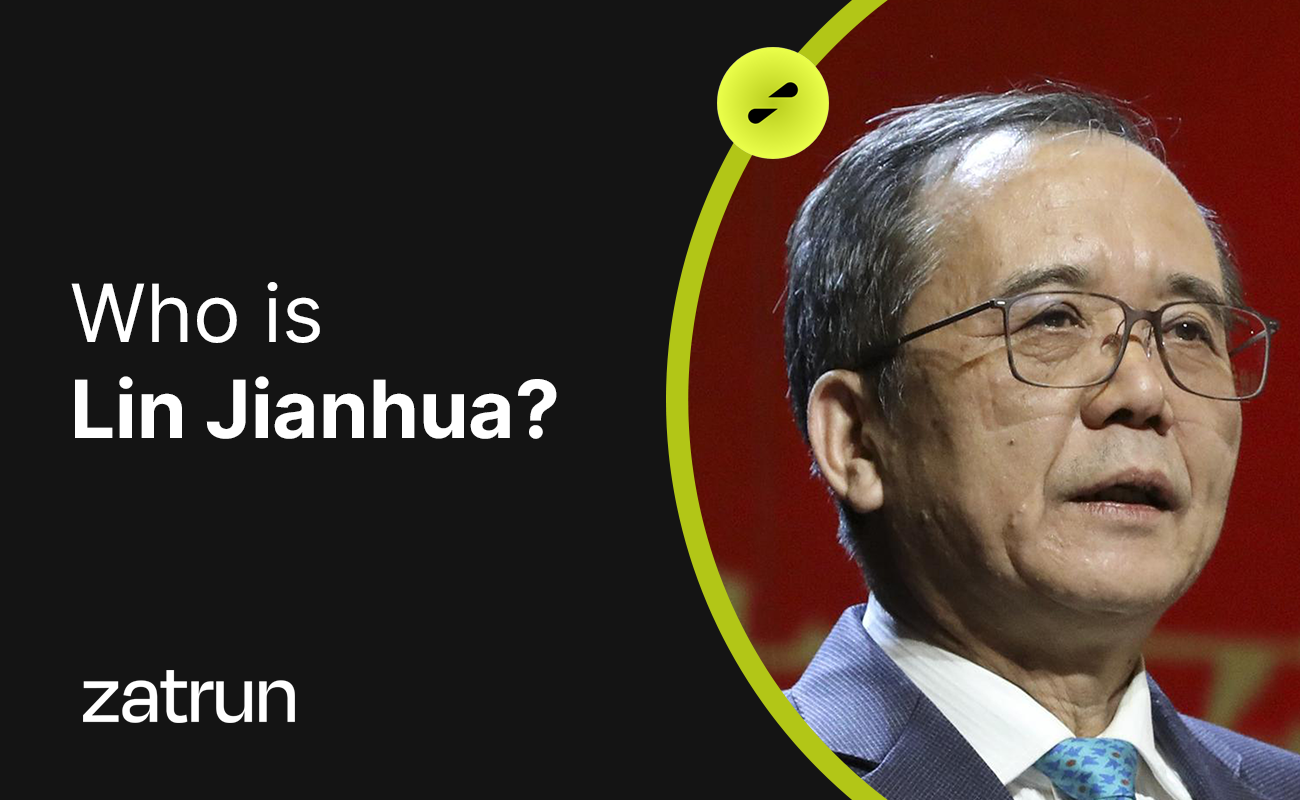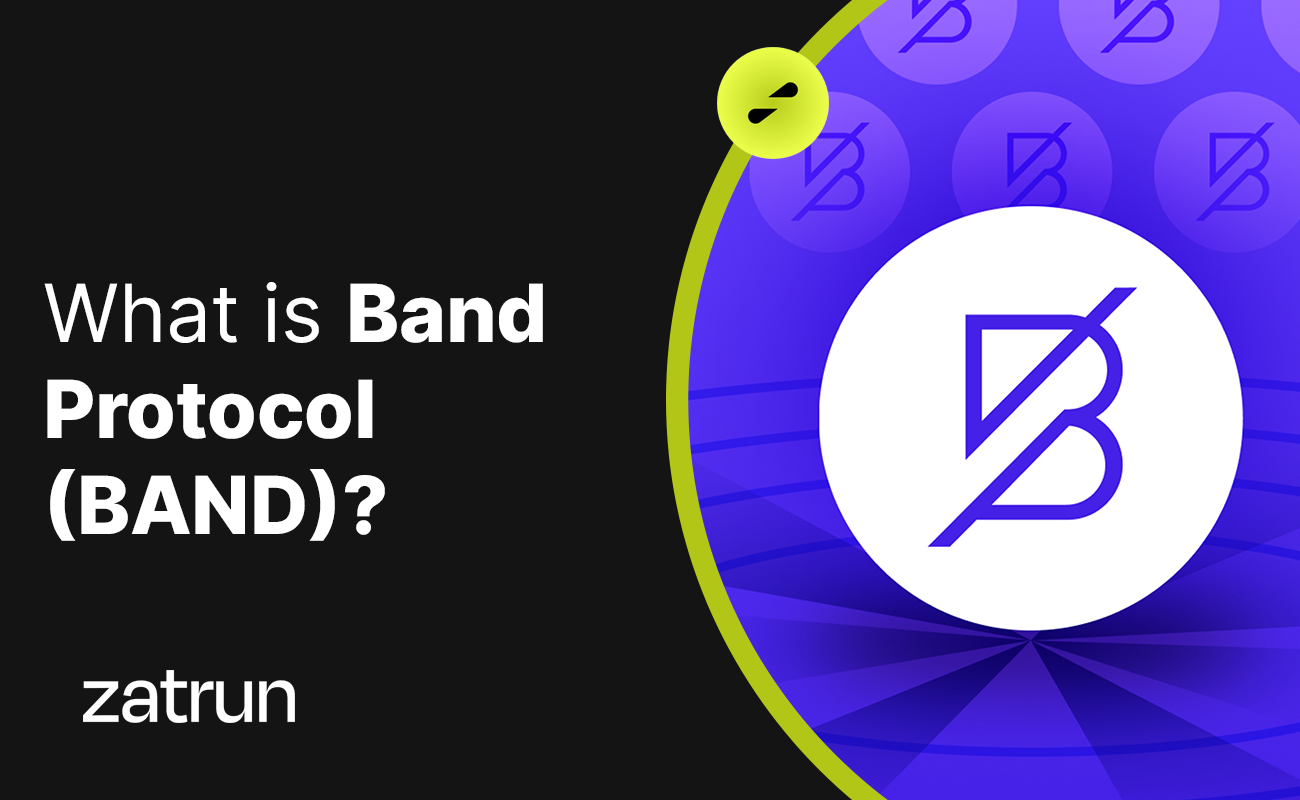With the ever-increasing importance of blockchain technology across various industries, LTO Network (LTO) has emerged as a standout player, capturing attention with its enterprise utility. It provides businesses with enticing opportunities, making it a strong contender for long-term investments. Renowned for its innovative approach in the decentralized finance (DeFi) sphere, LTO Network (LTO) has raised the bar of expectations.
Unveiling LTO Network (LTO) Coin
LTO Network can be described as a blockchain project aiming to deliver the benefits of blockchain technology to enterprise businesses. It identifies itself as an award-winning hybrid blockchain, with LTO being its native cryptocurrency. The network functions as a blockchain platform with live smart contracts to offer numerous advantageous operations for businesses.
LTO Project and Whitepaper
The release of LTO Network’s technical paper has shed light on its capability to provide solutions to several critical issues. With its robust technical structure and architecture, it primarily focuses on facilitating connections and collaborations among businesses. This project sets out to address significant problems through blockchain technology and decentralized operations. LTO Network offers features like accessible transactions, executions, access to trade information, and supply chain structuring. To achieve these goals, the platform employs live smart contracts.
The project’s establishment was driven by the intention to solve existing problems while defining the missions to accomplish the designated tasks. It aims to create a leading platform for state-of-the-art, next-generation blockchain applications, with a focus on B2B, identities, media, and property.
The project has found favor with numerous prominent organizations, including the United Nations, IBM, Sign Request, NEN, and more. LTO Network adopts a hybrid architecture, making it naturally GDPR-compliant with its two-layer approach. Despite privacy regulations, it also strives to ensure easy compliance for global companies.

The Visionaries Behind LTO Coin
LTO Network was initially developed by Firm24 in 2014 under the name LegalThings. The addition of blockchain to the product in 2017 marked the start of LTO Network’s rebranding process. Rick Schmitz, the CEO of the project, is one of the founding partners. Another essential figure and co-founder, Marjin Migchelsen, serves as the CFO. Arnold Daniels, another co-founder and chief architect of LTO Network, boasts a successful career in the sector.
Versatile Use Cases of LTO
LTO Network operates as a hybrid blockchain, with LTO serving as its native cryptocurrency, used in various transactions. LTO Network’s native token operates on the Ethereum platform and follows the ERC-20 standard. Some of the use cases for LTO include:
- Facilitating access to liquidity and connection bridges.
- Performing staking operations.
- Executing transactions on the blockchain.
- Paying transaction fees on the network and more.
What Sets LTO Network (LTO) Project Apart
LTO stands out with its two key features. Live contracts and anchoring in a hybrid blockchain mechanism are the core aspects that make the project unique. Beyond this, it brings many technical improvements to the sector, making it a unique proposition. Key technical features that set the LTO Network project apart include:
- Enabling real-time, mutually beneficial agreements with live contracts.
- Creating a specialized blockchain on the LTO main system to record the history of events and the current state of a contract once an agreement is reached and initiated.
- Providing blockchain functionality divided into two layers: public and private.
Advantages and Disadvantages of LTO Coin
LTO offers numerous advantages, driven by its technical details, secure infrastructure, and market data. Despite these advantages, like many projects, it comes with its share of potential risks and disadvantages. Some of the advantages of LTO Network (LTO) include:
- LTO Coin can be staked, allowing users to earn additional token rewards by locking tokens for a specific period.
- Businesses can acquire publicly viewed business identity certificates and make deals with other enterprises via the platform.
- It adopts a hybrid architecture.
- It offers complete ownership in non-fungible digital collections.
However, LTO Network (LTO) has some disadvantages, such as:
- The prolonged downward trend is continuing due to the long-standing market risks.
- It may be affected negatively in the event of emerging security vulnerabilities.
In summary, LTO Network (LTO) Coin has positioned itself as an exciting contender in the blockchain sphere, particularly in the realm of enterprise solutions. It not only provides innovative answers to industry challenges but also generates a sense of anticipation in the market. The project’s unique technical features, diverse use cases, and promise to enhance DeFi trading make it stand out.
Nevertheless, like any crypto venture, it carries potential risks, including market volatility and security concerns. As LTO Network (LTO) continues to gain traction, it remains an intriguing option for investors seeking to navigate the ever-expanding DeFi landscape. For a deeper analysis, be sure to visit Zatrun.com, where the project has been meticulously examined.












